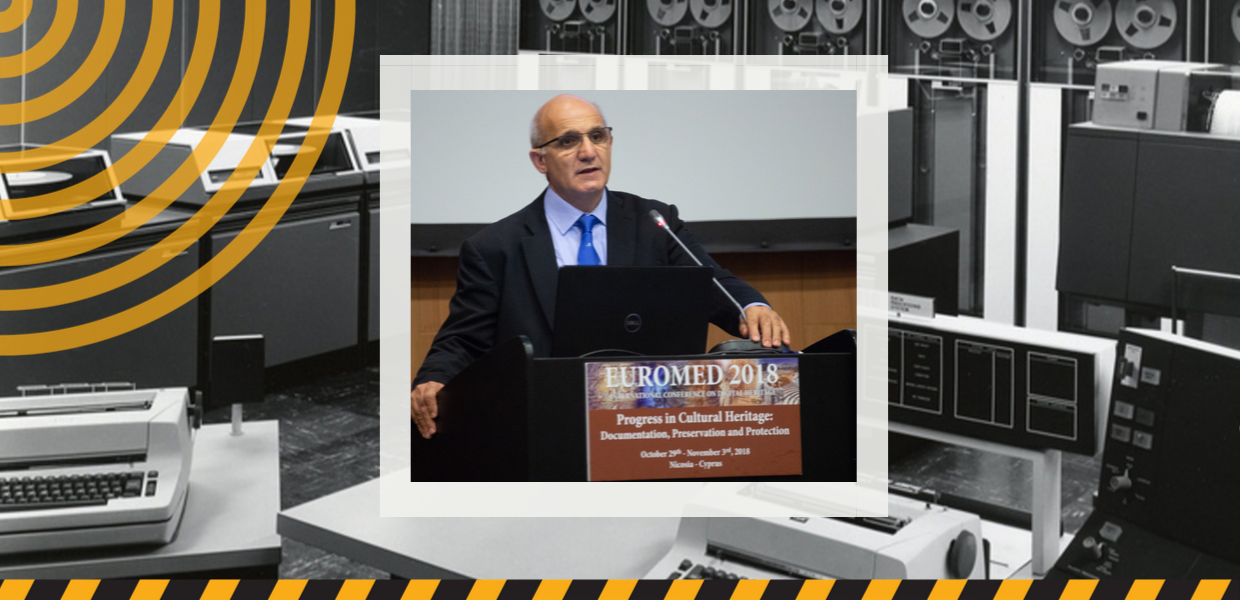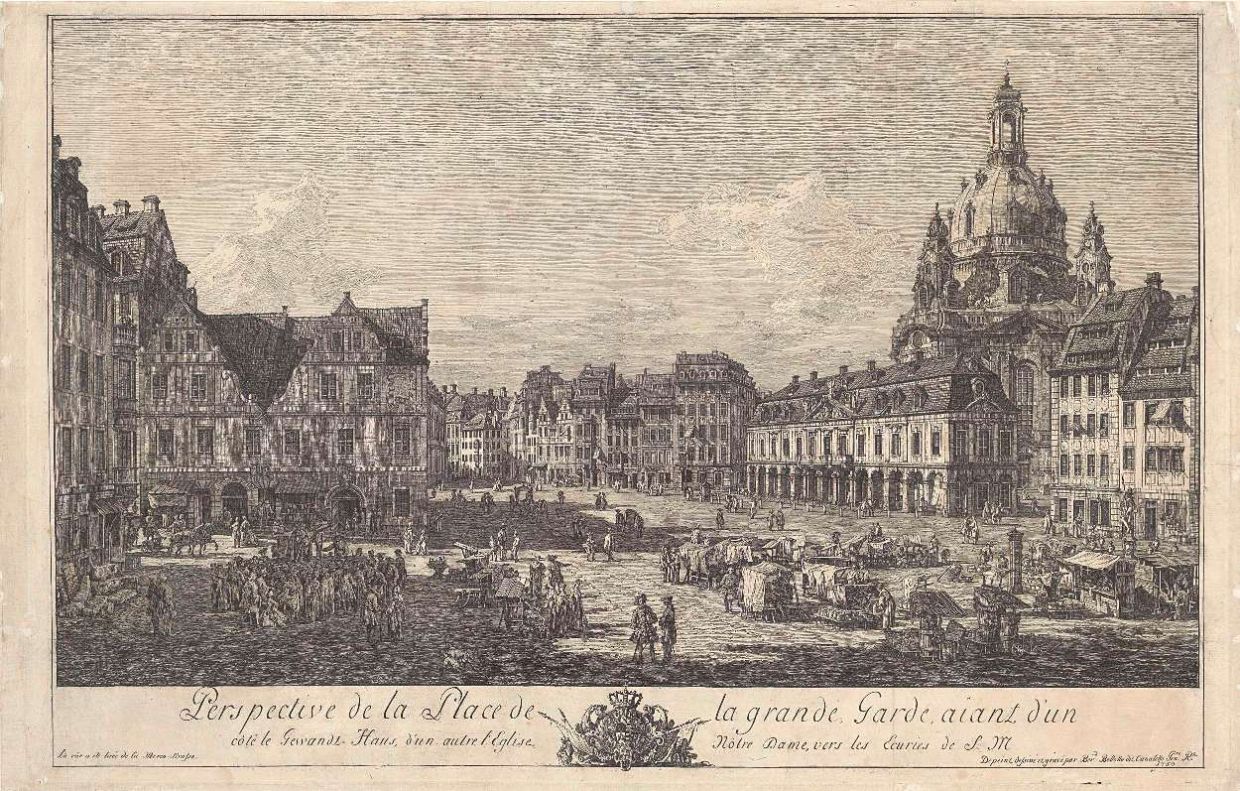Marinos is involved in the development of innovative algorithms that can create 3D reconstructions of heritage monuments. His work goes beyond architectural design and modelling, and turns tangible blocks of stones - and their stories - into digital records. It is not an exaggeration to say that the outstanding work Marinos and his team do has the potential to rebuild Europe and its memory.
3D - it’s more than geometry
I’ve been in the cultural heritage sector since the end of the 1980s, when I first started contributing to 3D and digitisation projects during my time as a postdoctoral student in Germany.
My work focuses on the digital documentation, preservation and protection of cultural heritage - in particular architectural structures such as artefacts, monuments and sites. The greatest scientific value of our novel methodologies lies in the holistic heritage documentation of these tangible objects. We create valuable historic records of human knowledge using both geometrical data of billions of 3D point-clouds and a range of 2D and other information often hidden in storytelling, books, drawings, images, maps, and audiovisual material.
One of the greatest challenges scientists face is that there are no internationally recognised standards to holistically document tangible objects in cultural heritage. These are urgently needed. A case in point is the challenge the multidisciplinary experts from around the world are facing with the accurate 3D reconstruction of the Notre-Dame cathedral.
As part of the ViMM (Virtual MultiModal Museums) project, we contributed to the European Commission’s Declaration of cooperation on advancing digitisation of cultural heritage for Digital-Day 2019, which has been signed by 26 EU Member States. Now, we’re working with the European Commission and international organisations like UNESCO, Europeana, ICOMOS, ICOM, Europa Nostra, ICCROM, EMA, NEMO, CEN, CLARIN, DARIAH, CARARE, Photoconsortium and Michael-Plus to intensify our discussions and set a new standard of sustainable collaboration under the spirit of this Digital Day declaration.
The first 3D object in Europeana Collections
I was involved 15 years ago in the development of the first 3D object in Europeana Collections - the Church of Panagia of Asinou in Cyprus, which is a UNESCO World Heritage listed monument. Currently, this is the only existing monument completely recorded to the millimetre and available as a Heritage Building Information Model (HBIM). High-quality results like this have the potential to be used and reused by multidisciplinary groups of professionals and individuals, such as students and tourists.




